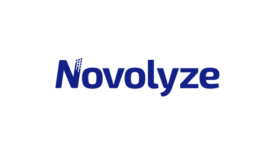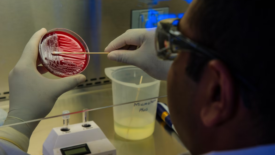Home » Keywords: » environmental monitoring
Items Tagged with 'environmental monitoring'
ARTICLES
Pandemic disruptions prevented a greater focus on fundamental issues, to which processors are now returning
Read More
Keeping Listeria on the Run: Implementing an Effective Monitoring Program
A good Listeria monitoring program enables knowledge of where Listeria can enter, harbor, and move through the facility
August 7, 2023
Determining Sanitation Effectiveness with a Robust Environmental Monitoring Program
A PEM program should test for a mix of indicator organisms and a mix of pathogens based on product susceptibility and risk
December 11, 2022
EVENTS
Webinar
7/13/23 to 7/13/24
Contact: Vania Halabou
Achieve Sanitation Effectiveness with a Robust EMP
Never miss the latest news and trends driving the food safety industry
eNewsletter | Website | eMagazine
JOIN TODAY!Copyright ©2024. All Rights Reserved BNP Media.
Design, CMS, Hosting & Web Development :: ePublishing










